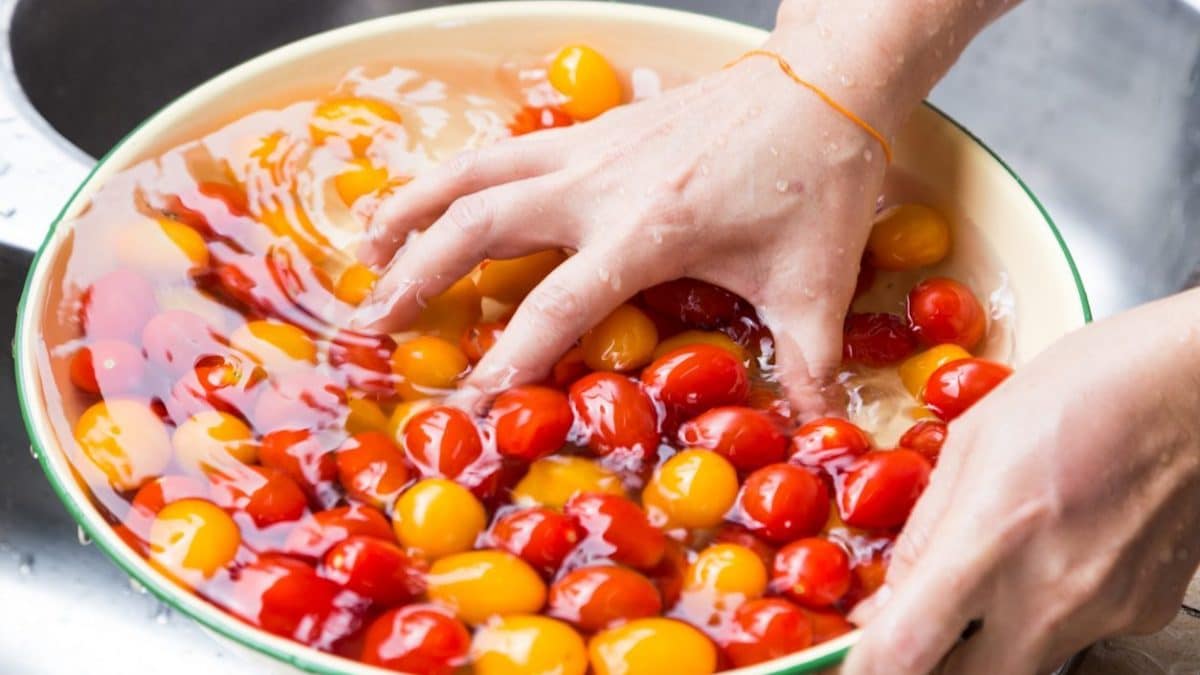
Having fruit and vegetables in your pantry is essential: they're fresh, delicious foods that can be eaten as they are or used as ingredients in dozens of other equally delicious recipes. Whether you buy them in specialty stores or grow them at home if you have a small garden, you need to get into the habit of washing and sanitizing them thoroughly so you can eat them with the peel, which, for both fruit and vegetables, is the part that contains the most nutrients.
If you buy them at the store, the peels may still be impregnated with chemicals used in cultivation, while if you pick them from your garden, they still contain residues of dust and soil that can carry bacteria. You don't need any other chemicals to wash fruits and vegetables: just learn the natural methods we suggest to achieve perfect results and enjoy your food in complete safety.
Why Is It Important to Wash Fruit and Vegetables?
Cleanliness and hygiene are essential in the kitchen, from cleaning countertops, utensils, and tools to sanitizing the ingredients used in recipes. This is even more true when it comes to fruits and vegetables.
The products you buy in supermarkets, in fact, come from large companies that use various types of products to treat them, sometimes even chemicals like pesticides that could impregnate the peel. It's true that most foods passing through markets are subject to very strict hygiene controls, but residues can still remain on the products despite these controls.
Fruits and vegetables purchased from the farmer, or grown in your own garden, don't have this problem, but they're usually not washed and could carry bacteria accumulated in the residual soil. To avoid ingesting any impurities but still eat the peel, which contains a large part of the nutrients in fruits and vegetables, it's good practice to sanitize everything thoroughly so as not to ingest chemicals or bacteria that could potentially be harmful to the body.
4 Ways to Naturally Sanitize Fruits and Vegetables
You'll find many products on the market specifically designed to sanitize fruit and vegetables, but they all contain chemicals. It's best to choose natural methods: we'll suggest four, all using ingredients you can easily find or already have at home, and all effective.
1. Use Water
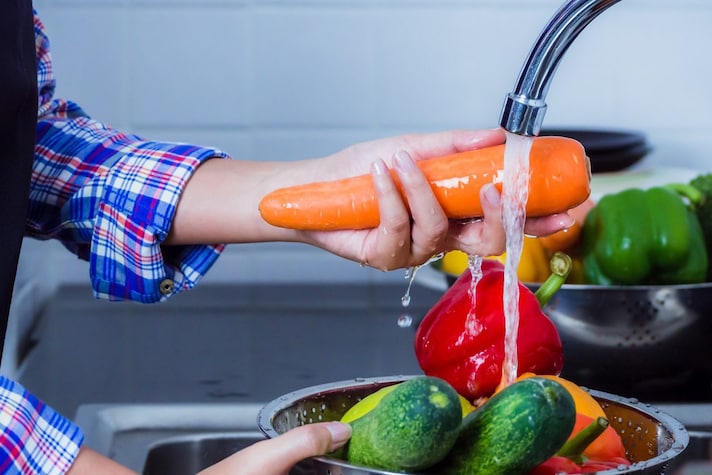
It's the most obvious method, but also one of the most effective: washing fruit and vegetables under running water, preferably cold, can eliminate up to 80% of the bacteria on the produce's surface. Even better if you add a pinch of salt, a natural disinfectant that purifies even more effectively. The method and duration of washing depend greatly on the type of produce you're treating: lettuce and leafy greens should be washed leaf by leaf (you can also soak them for a few minutes and then rinse them), while fruit can be washed all at once, but if it's particularly earthy, you'll need to scrub it more than once.
2. Salt
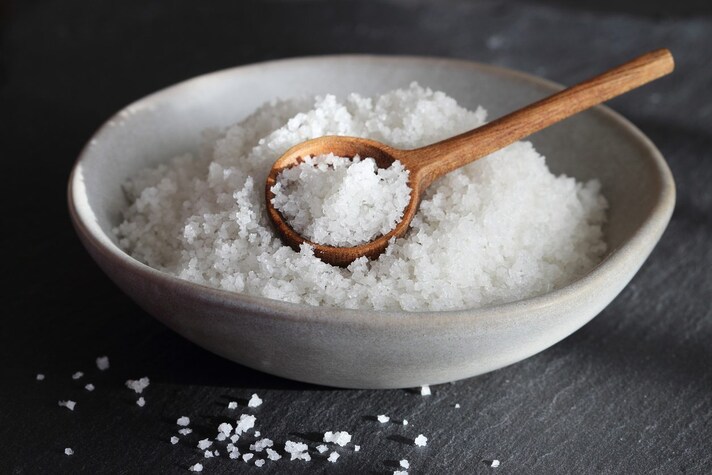
As mentioned above, salt is an excellent natural disinfectant: sodium chloride has strong antibacterial properties and is therefore an ideal natural disinfectant for cleansing fruits and vegetables. Just remember to measure the amount carefully, because being a highly concentrated product, it may linger even after rinsing; this is also why it's best used for cleaning vegetables, since you'll be salting them anyway. Simply use a spoon and dissolve it in warm water, soak the vegetables for a few minutes, and then rinse thoroughly.
Also remember that this isn't a universal method: salt is effective against some types of bacteria, but not all. For example, it's not particularly effective against viruses or bacterial spores.
3. Vinegar
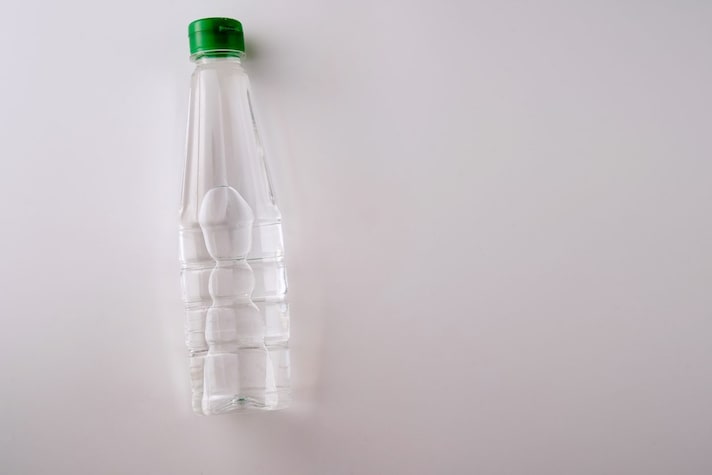
The same considerations made for salt also apply to vinegar: white vinegar in particular (not to be confused with white wine vinegar) is an excellent natural cleaner, one of the best for removing traces of bacteria and pesticides from fruit and vegetables. Here too, you'll need to pay close attention to the dosage, because vinegar also has a very strong flavor: the correct measurement is usually one part vinegar and two parts water. You'll need to soak the food in this solution for at least 15 minutes, then rinse thoroughly under cold water until all traces of vinegar are gone. You can also use apple cider vinegar or white wine vinegar, as both have disinfectant and antioxidant properties. And for an even more intense sanitization, combine equal parts water, vinegar, and lemon juice in a spray bottle, spray the mixture on the surface of fruit and vegetables, let it sit carefully, and then proceed with the final rinse.
Remember:
- It doesn't replace washing. Vinegar is an excellent complement to washing with running water, but it doesn't replace it.
- It's not effective against all microorganisms. Vinegar is effective against many bacteria, but not all. For example, it's not particularly effective against viruses or bacterial spores.
- It can alter the flavor of food. Excessive use of vinegar can alter the flavor of foods, especially when eaten raw.
What About Baking Soda?
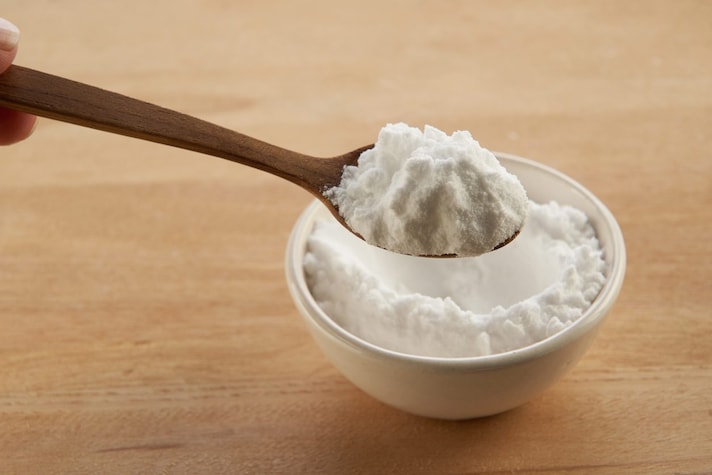
Baking soda is often considered a natural remedy for cleaning and disinfecting fruits and vegetables, but its effectiveness as a disinfectant is limited and controversial. This belief stems from the fact that baking soda has an alkaline pH that can help remove some types of dirt and neutralize some acids. It's also a natural product commonly used in the kitchen, so it's often associated with cleaning and hygiene practices.
Why isn't baking soda an effective disinfectant? There are several reasons:
- It has limited antimicrobial activity. It has no significant bactericidal or virucidal effect: some studies have shown that it can reduce bacterial load in some specific conditions, but it is not able to completely eliminate pathogenic microorganisms.
- It is not a registered biocide. Unlike true disinfectants, bicarbonate is not registered as a biocide and is not subjected to the same efficacy and safety tests.
What can't baking soda disinfect? First of all, bacteria: baking soda isn't effective against many types of bacteria, especially those that form biofilms or spores. Furthermore, it has no effect whatsoever against viruses; finally, its effectiveness against mold and yeast is very limited. Baking soda is useful for removing surface stains, but not for thoroughly cleaning fruits and vegetables.
WHO Food Safety Rules
The World Health Organization (WHO), in collaboration with the European Food Safety Authority (EFSA), have drawn up a series of recommendations for good practices to be applied during the handling and preparation of food, precisely to minimize the risk of contamination.
Regarding fruit and vegetables, in addition to the need for sanitization, the WHO says that:
- It's a good idea to wash your hands before handling fruit and vegetables, especially before eating them raw;
- to remove any damaged parts, use clean or previously sanitized knives and utensils;
- Tougher fruits and vegetables (e.g. melon, potatoes or cucumbers) can be brushed to ensure effective removal of any soil residue;
- Once washing is finished, for an even more thorough cleaning, dry fruit and vegetables with a cloth or paper towel.
;Resize,width=767;)
